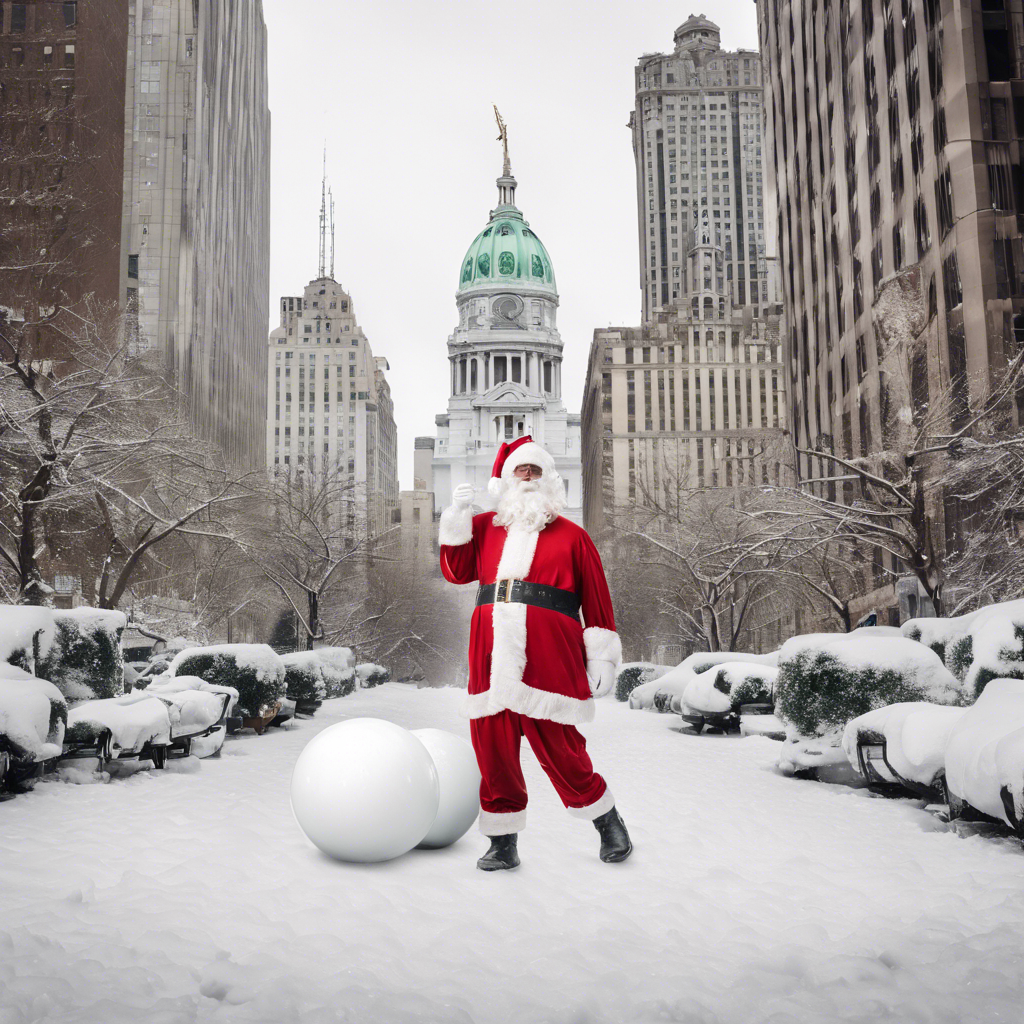The Infamous Philadelphia Santa Snowball Incident: Unraveling the Truth Behind the Myth

Reflecting on the Fateful Day that Shaped Philadelphia Sports Culture
In the annals of Philadelphia sports history, few moments have garnered as much notoriety as the infamous Santa snowball incident of 1968. What began as a halftime Christmas festival turned into a snowball barrage aimed at a stand-in Santa Claus, forever cementing Philadelphia fans’ reputation as ruthless and unruly. However, as the years have passed, the true story behind the incident has become muddled with exaggerations and misconceptions. In this article, we delve into the details of that fateful day, exploring the context, motivations, and aftermath of the snowball incident.
A Season of Disappointment and Fan Frustration
The 1968 Philadelphia Eagles season was one of disappointment and frustration. With a dismal record of 2 wins and 11 losses, the team had failed to meet the expectations of its passionate fan base. The demand for a change in leadership grew louder, with fans calling for the head coach’s dismissal. Adding to the discontent was the harsh winter weather that had covered the stadium in a thick blanket of snow, setting the stage for an unforgettable halftime spectacle.
The Absent Santa and the Unexpected Stand-In
As planned, a Christmas festival was scheduled for halftime, complete with Santa Claus throwing candy canes to the crowd, accompanied by cheerleaders dressed as elves. However, on that fateful day, the official Santa, overwhelmed by the snow and inclement weather, decided not to show up. It was at this moment that a young Philadelphia resident named Frank Olivo, dressed in a second-hand Santa costume, saw an opportunity to fulfill his dream of appearing on TV.
Santa Claus and the Snowball Barrage
When Frank Olivo, a skinny young man with a shabby Santa costume, was asked to step in as Santa, he eagerly agreed. Little did he know what awaited him. As Santa began his trek around the stadium, the fans, already in a foul mood due to the team’s poor performance, were in no mood for festive cheer. The Eagles’ quarterback had just thrown a pick-six interception, further fueling their frustration. As Santa’s sleigh got stuck in a snowdrift, the first snowball was thrown, quickly followed by a barrage from the crowd.
Unraveling the Motivations Behind the Snowball Barrage
Contrary to popular belief, the snowball barrage was not a malicious attack on Santa but rather a venting of frustration. The fans, fed up with the team’s performance and the coach’s ineptitude, saw an opportunity to express their discontent. Ray Didinger, a Hall of Fame sports columnist who was present at the game, attests that the snowball assault was a form of release for the fans, a way to voice their displeasure with the team’s performance.
The Aftermath and Misrepresentation
Following the game, the incident gained national attention when Howard Cosell, during his televised sports wrap-up show, showed a video clip of Santa being pelted with snowballs. The portrayal of Philadelphia fans as heartless and unruly perpetuated a stereotype that would haunt the city for decades to come. Glen Macnow, a longtime Philly sports writer, laments the misrepresentation, emphasizing that the incident has become an incorrect cliché that fails to capture the true spirit of Philadelphia sports fans.
Conclusion:
The Philadelphia Santa snowball incident of 1968 remains a defining moment in the city’s sports history. While the snowball barrage may have painted Philadelphia fans in a negative light, it is essential to understand the context and motivations behind the incident. It was not a malicious attack but rather a manifestation of fan frustration and a desire for change. As Philadelphia continues to embrace its sports culture, it is crucial to remember that the actions of a few should not define the character of an entire fan base.

